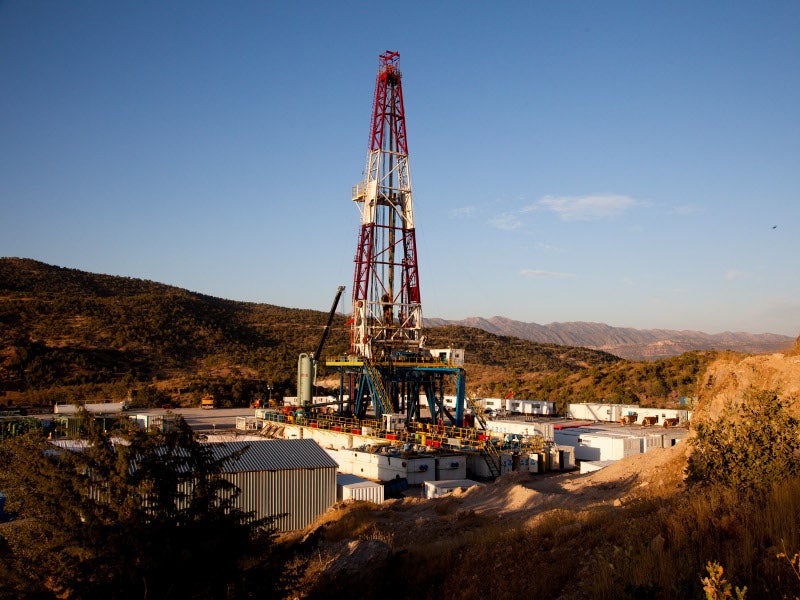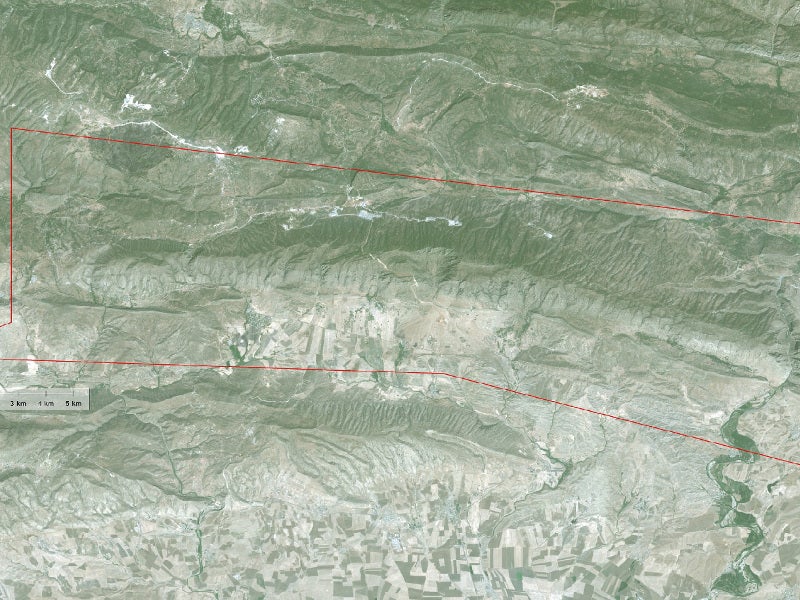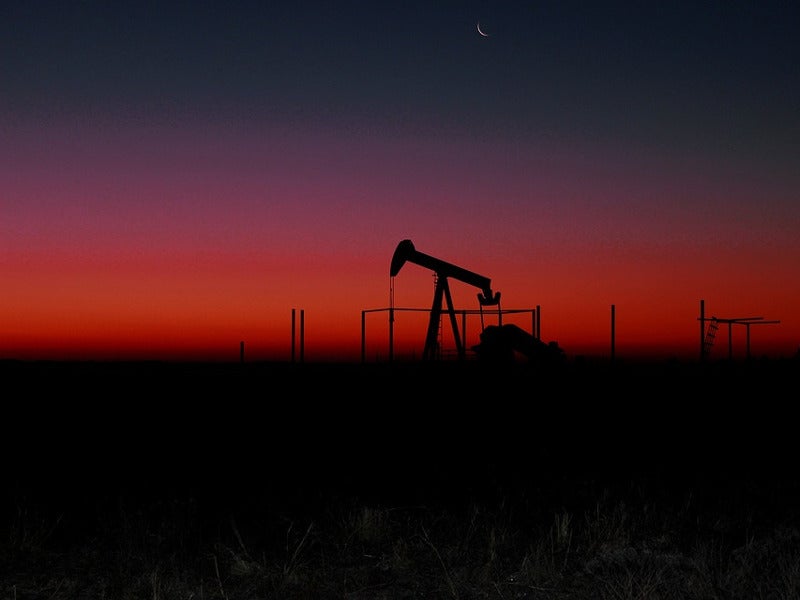The Atrush oil field, located near Dohuk approximately 85km northwest of Erbil, is one of the biggest new oil developments in the Kurdistan region of Iraq.
Abu Dhabi National Energy Company (TAQA) holds a 47.4% stake and is the operator of the Atrush onshore oil-producing block, which covers 269km². The other development partners of the project are General Exploration Partners, a wholly-owned subsidiary of ShaMaran Petroleum (27.6%) and Kurdistan Regional Government (KRG) (25%).
Brought on stream in July 2017, Atrush oil field is currently producing at a rate of 34,000 barrels of oil per day, which is expected to be increased to 80,000bopd by the end of 2020. Further, an investment decision to increase the field’s output to 100,000bopd is also expected in 2020.
The monthly gross production from the Kurdish oil field exceeded one million barrels mark for the first time in July 2019, while the cumulative production in the first two years of operations stood at 17 million barrels.
Atrush production sharing licence details
The Atrush production sharing licence was previously owned by TAQA (39.9%), KRG (25%), ShaMaran Petroleum (20.1%), and Marathon Oil (15%).
Marathon Oil’s interest was acquired by TAQA Iraq (7.5%) and ShaMaran Petroleum (7.5%) in May 2019.
Atrush oil field discovery and reservoir details
Exploration license for the Atrush block was awarded in 2007, while the Atrush field containing a significant amount of light and medium crude oil resources was discovered by the Atrush-1 (AT-1) discovery well in 2011.
The Atrush oil field lies within the hydrocarbon-rich Zagros sedimentary basin that spans approximately 200,000km² on the north-eastern margin of the Arabian platform. The main source rocks in the basin comprise the Jurassic Naokelekan and the Cretaceous Chia Gara formations.
The Atrush block is estimated to contain up to 2.6 billion barrels of oil in place and is one of the biggest oil discoveries in the Kurdistan region, which is estimated to contain more than 40 billion barrels of unexplored oil resources.
Atrush oil field development details
The Atrush oil field was appraised by the AT-2 and AT-3 appraisal wells between 2012 and 2013. The field development plan was approved in 2013, while the front-end engineering and design (FEED) studies was completed in 2014.
Development drilling was started with the drilling of AT-4 well in October 2013, which was followed by the drilling of Chiya Khere-5 (CK-5) and CK-8 wells in 2014. Construction of a 30,000bopd production facility was also started in 2014.
The phase one development of the onshore oil field commenced operations with four production wells in July 2017.
It was developed with a total of 12 wells, including seven production wells, and production facilities capable of producing more than 39,000bopd, as of mid-2019.
The oil field continues to be expanded with further appraisal and development drilling.
Oil supply from the Atrush field
The oil produced at the Atrush oil field is purchased by the Kurdistan Regional Government (KRG).
The oil from the Atrush production facility is supplied through a spur pipeline connecting the Atrush block boundary, from where it further flows for 35km to a tie-in point on KRG’s main export pipeline.
KRG exports most of its oil through the Mediterranean port of Ceyhan in Turkey, under an energy co-operation agreement signed between the Turkish and Kurdish governments in late-2013.
Contractors involved
KAR Group, a privately-owned engineering and construction company based in Erbil, Kurdistan, was awarded the engineering, procurement, and construction (EPC) contract for the 92km-long Atrush Feeder Pipeline connecting the Atrush production facilities with the KRG’s main export pipeline in November 2016.
McDaniel & Associates Consultants provided reserves and resource estimates for the Atrush oil field.





